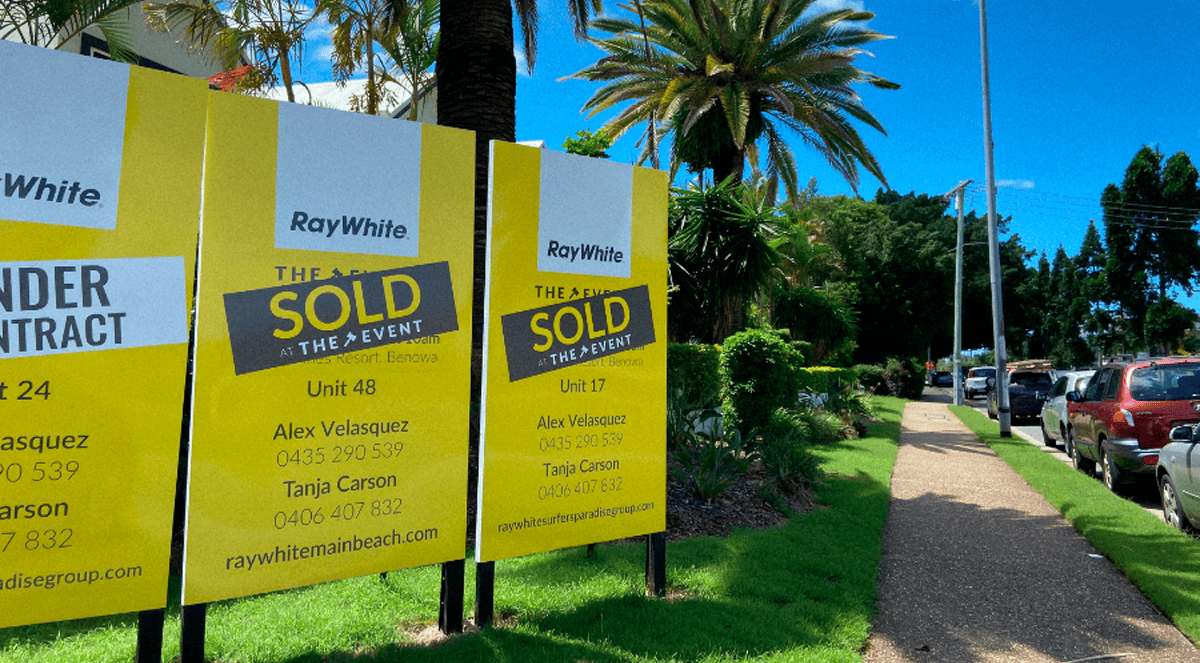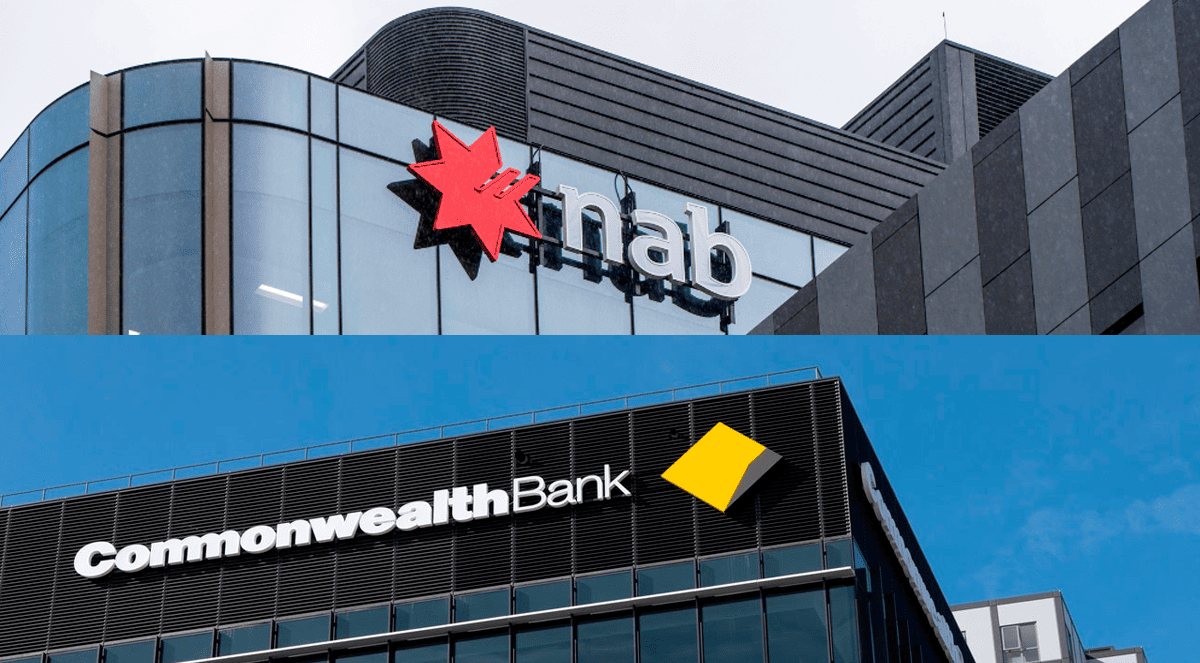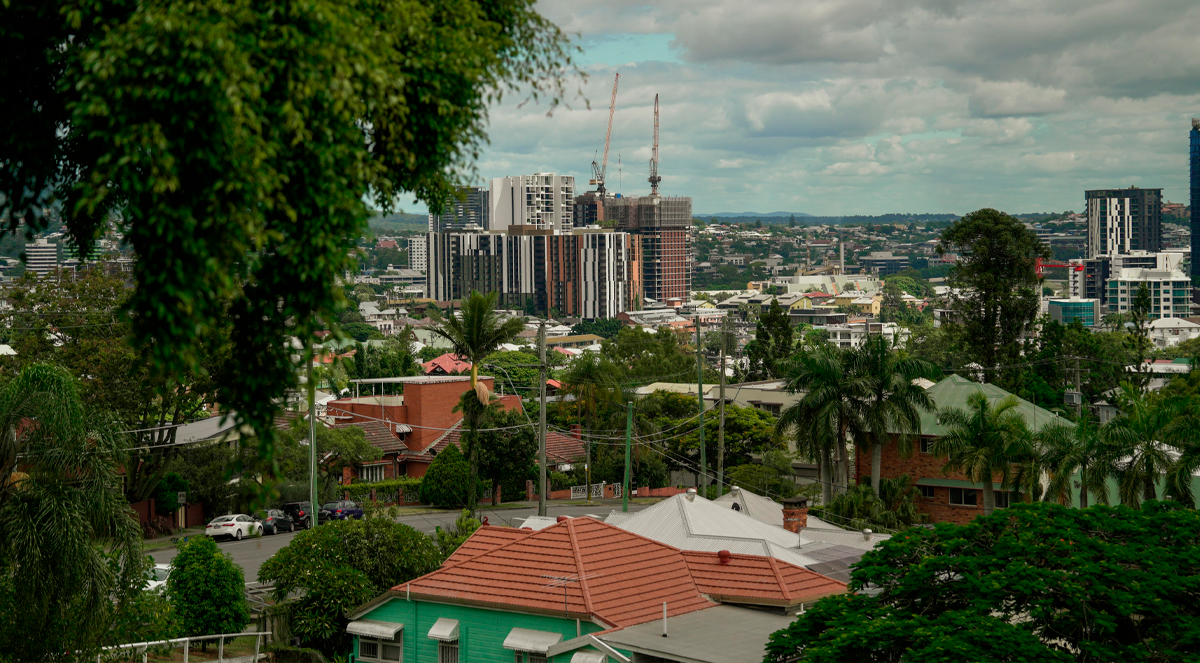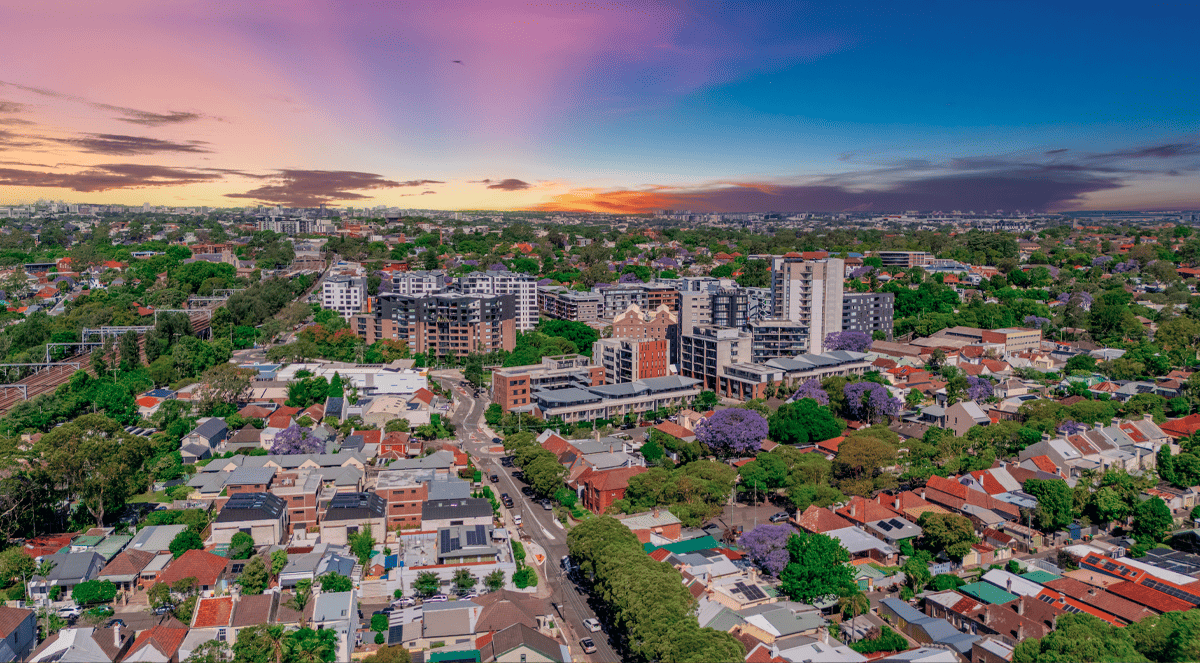Features > Property Education > Market updates
“Scott, interest rates are falling. What should I do?”

KEY POINTS
- With three RBA rate cuts since February 2025, property prices are already rising across all capitals, investor lending is surging, and vacancies are at historic lows
- Potential first-home buyers and investors are urged to update borrowing capacity, shortlist properties, and act quickly before further price rises make entry harder
- With rents re-accelerating and vacancies tightening, renters are urged to lock in longer leases, consider share housing or outer suburbs, or explore “rentvesting” as a way to build long-term equity
Ever since the Reserve Bank of Australia started cutting rates in February this year, people have been coming up to me and asking, “Scott, interest rates are now falling. What should I do?”
We’ve had two more cuts since then - in May and August - for a total reduction in the cash rate of 0.75% to 3.6%.
The property market has responded, with prices already lifting in all capital cities.
Rental vacancy rates have also tightened, and rent growth is accelerating.
So, whether you are a first-home buyer or an investor, is it already too late to get into the market?
The answer from me is an emphatic “no”, but you need to act fast.
And what if you are a tenant?
What strategies can you pursue to get some certainty?
First, a warning - it’s impossible to give highly specific advice because everyone’s financial situation is different.
That said, there are some general things that people in these three categories - first-home buyers, investors and tenants - should be thinking of doing right now.
First-home buyers versus property investors
Fresh data from the Australian Bureau of Statistics shows rapid growth in loans to property investors.
New investment loans rose 3.5% in the June 2025 quarter, outpacing owner-occupier loan growth of 0.9%, with investor lending remaining at historic highs.
I’ve written about that extensively here
Why are investment loans up so much?
Simple.
As interest rates fall, that means money is cheaper for investors.
Demand for rental properties is also tightening, with national vacancy rates falling to 1.2% in July 2025 - their lowest level in a year.
With a 3% vacancy rate being regarded as “healthy” or “balanced”, that means the rental market is tilted heavily in favour of landlords, and the shortness of supply is placing upward pressure on rents.
Bearing that out is Cotality’s latest rental index, showing capital city rent growth has accelerated from 3.0% in the year to July 2025, up from 2.7% in June.
For investors, ultra-low vacancy rates mean strong demand, lower risk of properties sitting empty, and growing rental yields.
This means better cash flow for investors, especially if you've got a brand new property and can obtain the maximum tax depreciation.
What’s worth noting about that big surge in investment lending is that property investors are typically targeting the same sort of entry-level homes (usually in the $500,000 to $800,000 price range) that first-home buyers are trying to buy, so competition in this part of the market for quality properties is fierce.
And that’s why you see greater price rises in percentage terms in this "affordable" end of the market, compared to relatively smaller price movements in more expensive segments.
So, if you are looking to buy, either as a first-home buyer or an investor, I suggest being uber-prepared:
- If you have pre-approval from a bank or a mortgage broker, you should refresh that pre-approval right now in light of this month’s RBA rate cut to find out what your new maximum borrowing capacity is.
- Ask your broker for two scenarios - what you can borrow today, but also what you can borrow with two or three more expected RBA rate cuts.
- Shortlist three to five properties that pass your criteria and start booking inspections now.
- Don’t leave it until Spring. The pace of property growth is accelerating on the back of the three RBA rate cuts so far and in two to three months, you could easily find you need to source an extra $30,000 to $50,000 just to get into the market segment you are looking at right now.
If you are a first-home buyer, you need to know what your maximum borrowing capacity is NOW and what it CAN be, while investors will need to know those figures to start working out their cash flow.
Sure, lower interest rates might mean you can borrow a lot more, but is your expected rent going to be enough to cover those repayments?
The right property to target
If you are a first-home buyer, you should be targeting a property that’s low maintenance and livable from the day you move in.
That means setting realistic expectations and occasionally having to compromise.
A first home is not going to necessarily be your forever, “dream-home” with all the bells and whistles, but it has to be something that's comfortable, functional, and a home that’s going to allow you to be in or near an area that you like or are familiar with.
You keep searching for something that meets your every want, but delaying means prices will keep growing and you risk being priced out for good.
Avoid the renovation trap
Construction and material costs are at all-time highs, and finding the skilled labor to come in and do a substantial renovation is a real challenge.
I’ve lost count of the number of people I’ve come across who underestimated how much it's actually going to cost them to do a substantial renovation, even if they do a lot of the grunt work themselves.
This advice holds true for investors as well.
A lot of buyer’s agents and real estate content creators will sing the praises of strategies like “Buy, renovate, flip”.
However, that means putting a lot of cash and liquidity into your renovation - funds you could have used to buy a higher quality asset in the first place, which qualifies for greater tax depreciation.
What do I mean by a higher quality asset?
Investors need to look for good quality properties, located in areas with strong population growth, a good local economy and access to jobs, and a low amount of existing and potential new rental supply.
Tenants
So, what general advice would I offer renters?
If you’re a renter now and plan to buy your own home, I'd try to make your move sooner rather than later.
Every month you wait, you'll end up paying more rent.
As I’ve pointed out, rents are rising and vacancies are shrinking - a trend that isn't going to be turning around anytime soon.
Rising rents also make it harder to save a deposit.
For tenants who aren’t in a position to buy, I’d suggest that your number one priority should be stability.
Try and lock in longer leases where possible to shield yourself as much as possible from inevitable rent hikes.
Consider moving into a share house or moving further out from the CBD if you live in a capital city to try to get better value until you're ready to purchase.
This may mean negotiating with your employer to do more work from home and limiting the days you work in the office, saving on travel time and costs.
The other option if you can’t afford to buy in the city in which you live but you have some savings, is to consider rentvesting.
That’s where you rent where you live, and buy where you can afford.
This provides investors with the flexibility to move easily for work or study or to be near family and friends, but to also have the stability of a foot on the property ownership ladder.
I’ve broken down a lot of information in this article in my Daily Property Update videos on my YouTube channel.
Subscribe here, and keep up to date
Stay Up to Date
with the Latest Australian Property News, Insights & Education.




.png?width=292&height=292&name=Copy%20Link%20(1).png)
 SIGN UP FOR FREE NEWSLETTER
SIGN UP FOR FREE NEWSLETTER





.jpg?width=1920&height=1080&name=Warning%2c%20You%20Might%20Be%20Facing%20Higher%20Taxes%20Soon%20(1).jpg)





.png?width=1920&height=1080&name=Rate%20Drops%20Signal%20BIGGEST%20Property%20Boom%20in%20DECADES%20(1).png)

.jpg?width=1920&height=1080&name=Labor%20vs%20Liberal%20These%20Housing%20Policies%20Could%20Change%20the%20Property%20Market%20Forever%20(1).jpg)
.jpg?width=1920&height=1080&name=QLD%20Slashes%20Stamp%20Duty%20Big%20News%20for%20Investors%20%26%20Home%20Buyers%20(1).jpg)
.jpg?width=1920&height=1080&name=Trump%20Just%20Slapped%20Tariffs%20%E2%80%93%20Here%E2%80%99s%20What%20It%20Means%20for%20Australia%20(1).jpg)
.jpg?width=1920&height=1080&name=Federal%20Budget%202025%20More%20Debt%2c%20No%20Housing%20%E2%80%93%20Here%E2%80%99s%20What%20You%20Need%20to%20Know%20(1).jpg)
.jpg?width=1920&height=1080&name=Australias%20Housing%20Crisis%20is%20about%20to%20get%20MUCH%20Worse%20(New%20Data%20Warns).jpg)
%20(1).jpg?width=1920&height=1080&name=Australias%20RENTAL%20CRISIS%20Hits%20ROCK%20BOTTOM!%20(2025%20Update)%20(1).jpg)
%20(1).png?width=1920&height=1080&name=Is%20Adelaide%20Still%20a%20Good%20Property%20Investment%20(2025%20UPDATE)%20(1).png)
.jpg?width=1920&height=1080&name=RBA%20Shocks%20with%20Rate%20Cuts!%20What%E2%80%99s%20Next%20for%20Property%20Investors%20(1).jpg)
%20(1).jpg?width=1920&height=1080&name=I%20Predict%20The%20Feb%20Rate%20Cut%20(My%20Price%20Growth%20Prediction)%20(1).jpg)
.png?width=1920&height=1080&name=Why%20Property%20Prices%20Will%20Rise%20in%202025%20Market%20Predictions%20(1).png)
.jpg?width=1920&height=1080&name=Why%20Investors%20Are%20Choosing%20Apartments%20Over%20Houses%202%20(1).jpg)
.jpg?width=1920&height=1080&name=Why%20Rate%20Cuts%20Will%20Trigger%20A%20Property%20Boom%20(1).jpg)
.jpg?width=1920&height=1080&name=Retire%20On%202Million%20With%20One%20Property%20(Using%20SMSF).jpg)
.jpg?width=1920&height=1080&name=4%20Reasons%20Why%20You%20Should%20Invest%20in%20Melbourne%20Now%20(1).jpg)
%20(1).jpg?width=1920&height=1080&name=Old%20Property%20vs%20New%20Property%20(Facts%20and%20Figures%20Revealed)%20(1).jpg)
%20(1).jpg?width=1920&height=1080&name=Will%20The%20New%20QLD%20Govt%20Create%20a%20Property%20Boom%20or%20Bust%20(My%20Prediction)%20(1).jpg)
%20Scott%20Kuru%20(1).jpg?width=1920&height=1080&name=Inflation%20Hits%20Three-Year%20Low%20(Will%20RBA%20Cut%20Rates%20Soon)%20Scott%20Kuru%20(1).jpg)
.jpg?width=1920&height=1080&name=How%20to%20Buy%20Investment%20Property%20Through%20SMSF_%20The%20Ultimate%20Guide%20(1).jpg)
.jpg?width=1920&height=1080&name=Victoria%20Slashes%20Stamp%20Duty%20Melbourne%20Set%20to%20Boom%20Scott%20Kuru%20(1).jpg)
.png?width=1571&height=861&name=Are%20Foreign%20Buyers%20Really%20Driving%20Up%20Australian%20Property%20Prices%20(1).png)
.jpg?width=1920&height=1080&name=The%20Single%20Factor%20That%20Predicts%20Property%20Growth%20Regions%20(1).jpg)
%20Scott%20Kuru%20(1).jpg?width=1920&height=1080&name=My%20Prediction%20On%20Rates%20%26%20Negative%20Gearing%20(Market%20Crash)%20Scott%20Kuru%20(1).jpg)

-1.png?width=1920&height=1080&name=Major%20Banks%20Cut%20Rates%20Will%20RBA%20Follow%20Suit%20(Sept%20Rate%20Update)-1.png)
%20Scott%20Kuru-1.png?width=1920&height=1080&name=Rate%20Cut%20Coming%20What%20New%20Zealands%20Move%20Means%20for%20Australia%20(Sept%20Prediction)%20Scott%20Kuru-1.png)
%20(1).jpg?width=1920&height=1080&name=Buy%20when%20the%20interest%20rates%20are%20high!%20(Why%20you%20must%20buy%20now!)%20(1).jpg)
.jpg?width=1920&height=1080&name=Carms_Revised%20Taxes%20Due%20Aug%209%20YT%20Thumbnail02%20(1).jpg)
.jpg?width=1920&height=1080&name=Carms_Too%20Little%20Too%20Late%20Aug%207%20YT%20Thumbnail01%20(1).jpg)









.jpg?width=1920&height=1080&name=Carms_Rate%20Drop%20In%20July%20Jun%2010%20YT%20Thumbnail02%20(1).jpg)
.jpg?width=1920&height=1080&name=Carms_Own%20a%20Property%20V6%20Jun%205_YT%20Thumbnail%20(1).jpg)









.png?width=1920&height=1080&name=Artboard%201%20(3).png)






.jpg?width=1920&height=1080&name=YT%20thumbnail%20%20(1).jpg)

